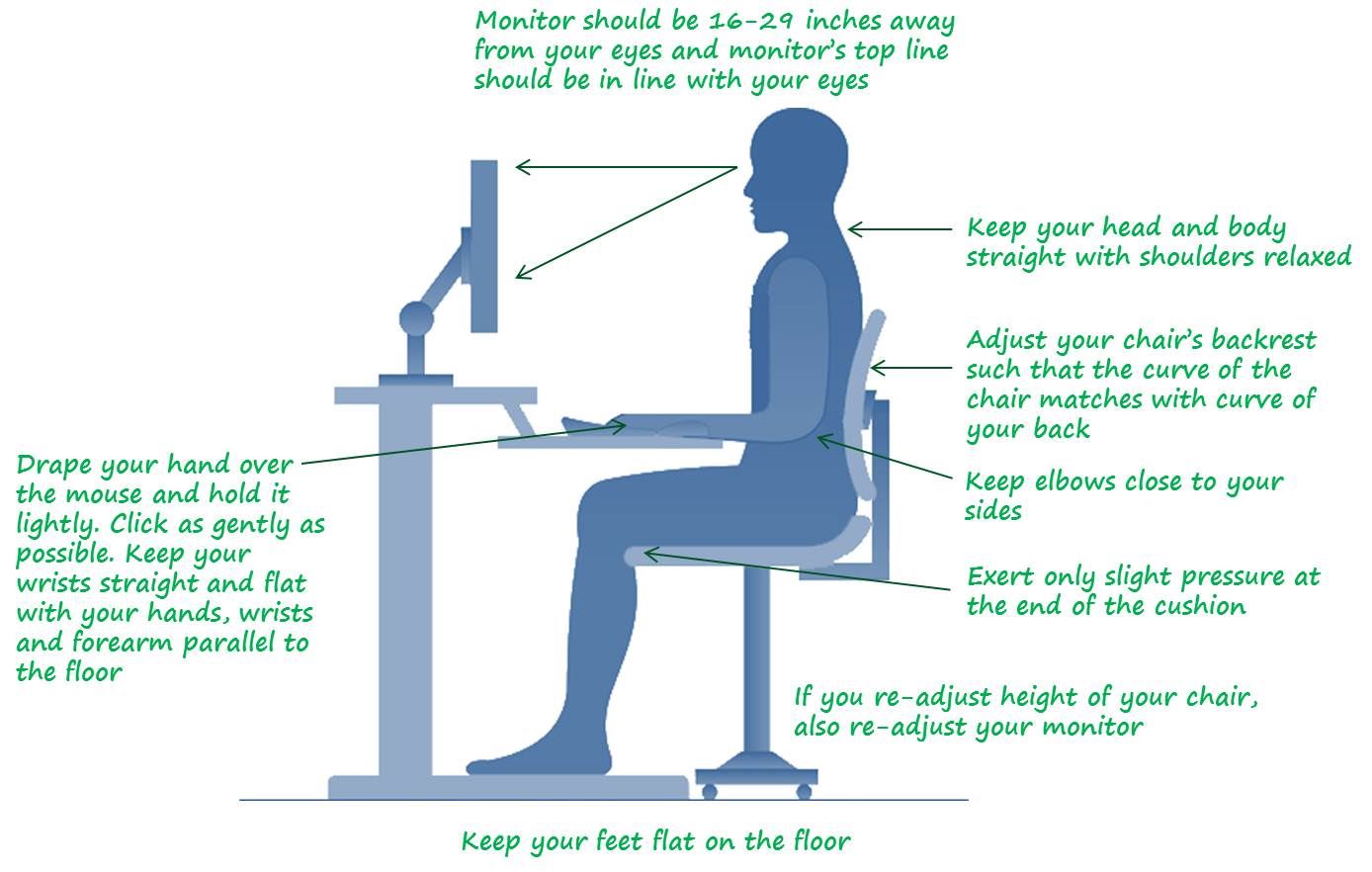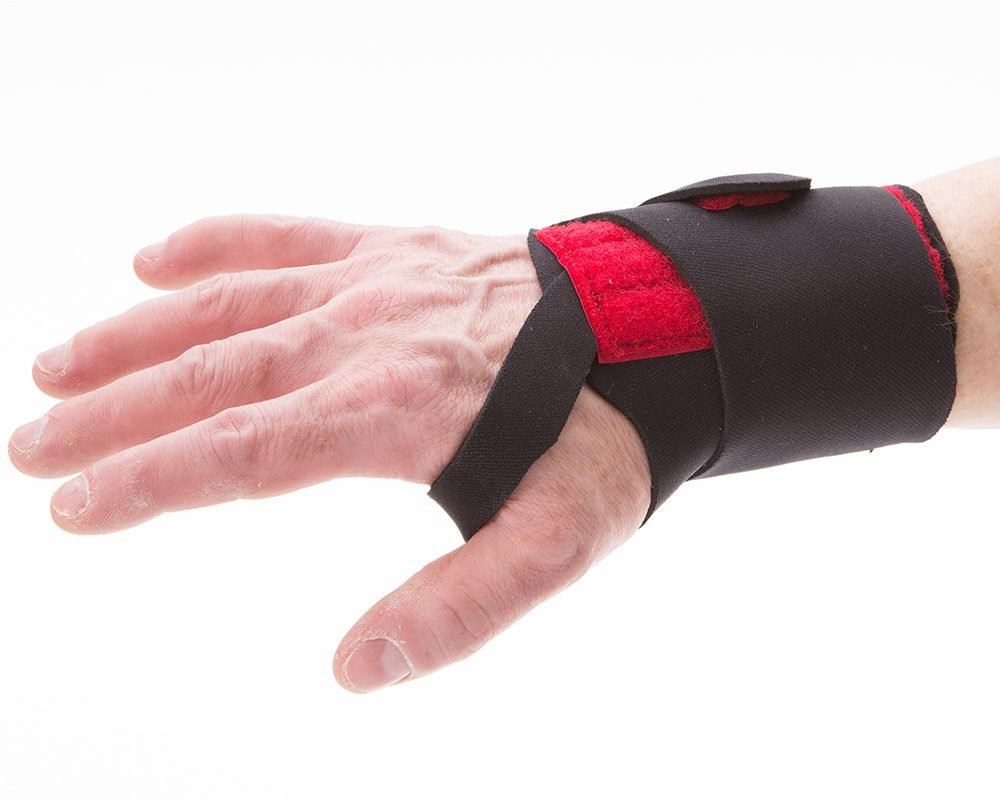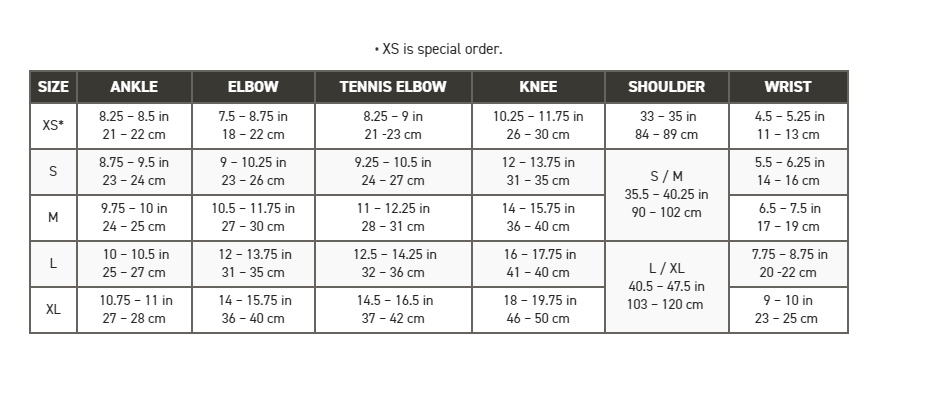Repetitive strain injuries (RSIs) are a common form of work-related musculoskeletal strain injuries (WRMSDs). According to which, the Health and Safety Executive reported during 2017/18, 469,000 out of a total of 1,358,000 work-related illnesses were a direct result of this condition. Businesses beware, an estimated 6.6 million working days lost due to WRMSDs, amounting to an average of 14 days per each case.
Currently, the list of sedentary computer-based roles grows with our ever-growing reliance on technology. Combating and reducing WRMSDs in workers is an essential task. Here’s what you need to know.
What causes a repetitive strain injury?
Repetitive Strain Injuries are an everyday concern in the workplace and occur in the upper body, from the wrist, neck back and arm areas. Diagnosis is easier to spot once symptoms flare up after carrying out repetitive tasks, and then the symptoms fade once they’ve stopped.
The NHS suggests that RSI is related to the overuse of muscles and tendons in the upper body, jobs that involve repetitive movements like an assembly line, supermarket checkout or computer work face a higher likelihood of developing RSI.
Under the Health and Safety at Work Act (1974) and the Management of Health and Safety at Work Regulations (1999) you as an employer, have a legal duty to try to prevent work-related RSI and ensure anyone who already has the condition doesn’t let it get any worse.
Symptoms & How To Manage RSI
There is a wide range of symptoms with RSi such as tenderness in the wrist, reduction in grip strength, aches and pains, etc. The NHS advise on this issue that if symptoms suggest you have swollen and inflamed tissue, workers may have an underlying medical condition, such as tendonitis or carpal tunnel syndrome. Before these issues get a chance to develop and get worse, manage the risk confidently.
First, assess the risk in your workplace, note down which jobs may cause harm, taking note of computer intensive work for instance. The three most common risk factors for developing RSI are poor posture, poor technique and overuse.
Poor Posture Causes RSI
Poor posture is usually a consequence of workers slouching at their chair. Most people slouch without awareness when they’re working. Not only does this increase the likelihood of a back problem, but chances are also they aren’t doing the rest of their body any favours.
Research suggests a correlation between decreased energy levels and negative thoughts when slouching. Not only will lousy posture affect workers it could very well impact your whole workplace!
For an appropriate and correct posture, see below.
Poor Technique Causes RSI
Surprisingly, technique plays a big part in reducing RSI in workers. Although using a mouse and keyboard is nowadays quite intuitive, proper typing technique goes a long way. For example, when typing keep your wrists straight, this causes less strain you put on the tendons and nerves, a prime cause of symptoms like carpal tunnel syndrome.
Additionally, don’t strain your fingers. It’s all good and well giving your pinkie the occasional long distance workout; instead, move your whole hand to get to keys and try a lighter touch instead of pounding down at the keys. Every action weighs up in good time.
Overuse Causes RSI
Staff should take regular breaks when using a computer, every hour or so get up take a stretch or grab a drink of water. Not every workplace can afford staff on a customer service line, or high demand-high risk to make such regular excursions. As an employer, weigh up the risks and if employees can’t take any natural opportunities to get up and have a reset, plan scheduled rest breaks.
As with all health-related issues in the workplace, the way an employee treats their own body is their priority. A good diet, exercising and avoiding unhealthy behaviour helps in the long run; you control the sensible options for managing the workplace risks.
For example, if you do have staff with RSI or developing such symptoms, an preventative wrist support will work wonders.
NEOPRENE WRAP WRIST SUPPORT
Now being sold via our online store, the neoprene wrist support is a comfortable all day wear that aids in increasing circulation around damaged and vulnerable areas.
It meets the strict European safety guidelines for Personal Protective Equipment; compliant with EN 420 General Requirements for Gloves. What does this mean?
The guidelines advise that gloves sold should:
- Not cause injuries to the person wearing them.
- Substances that cause allergic reactions need stating in the product information.
- Sizes standardised according to minimum length.
Just hook it around the hand and loop it over, this handy glove is ideal to help protect from RSI, giving enough freedom in your hand to type confidently. Size is equally as important; we don’t all have the same wrist size, after all, look at the chart below to find the right size.




